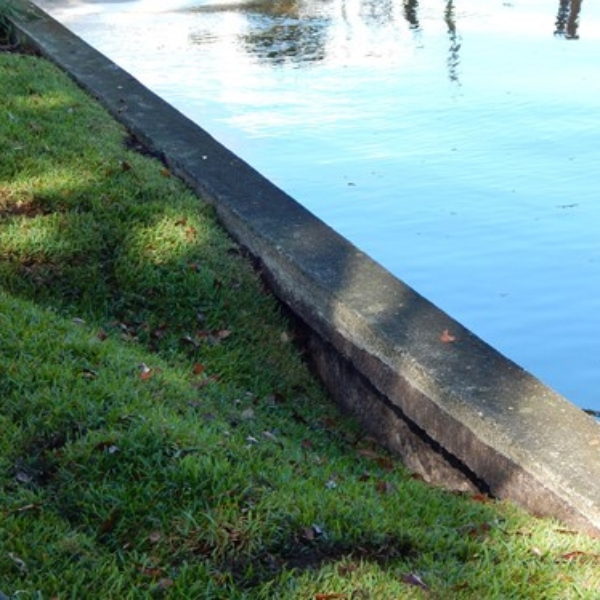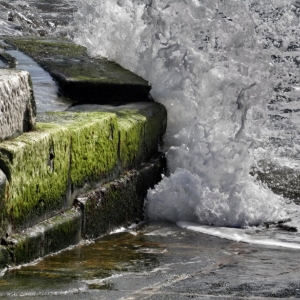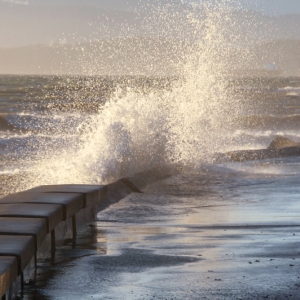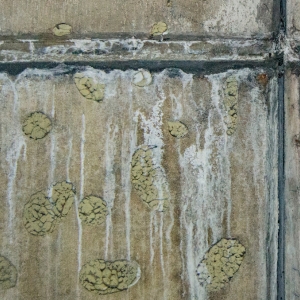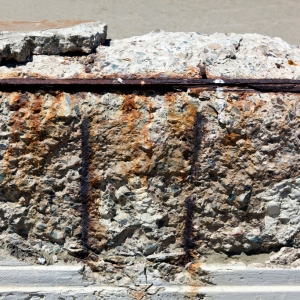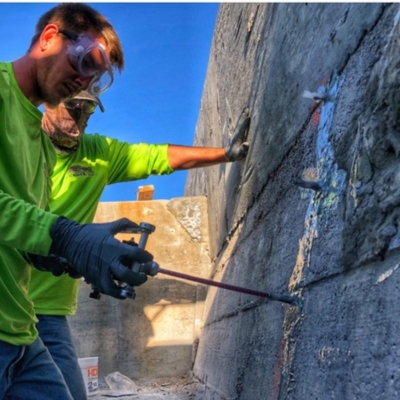Seawall Erosion FAQs
In Jacksonville’s coastal neighborhoods, seawall erosion often starts with small voids or soil washout behind the wall. LUX Foundation Solutions stops the damage using polyurethane grout injection, a long-lasting, non-invasive repair that fills gaps, seals leaks, and stabilizes the soil.
This process restores your seawall’s support and prevents further erosion caused by tides, storms, or groundwater pressure — protecting your property and waterfront investment.
Coastal cities like Palm Coast, St. Augustine, and Jacksonville are especially vulnerable to seawall washout due to rising sea levels, tidal surges, and sandy soils that easily wash out. Homes near canals, rivers, or open bays face higher erosion risks year-round.
Experts at LUX specialize in seawall erosion control designed specifically for Florida’s coastal conditions — preventing washout, sinkholes, and property loss before they become costly issues.
When improperly designed or aged, seawalls can reflect wave energy downward, scouring the soil in front of or behind the wall. In St. Augustine’s tidal zones, this often leads to erosion behind the seawall and uneven settling.
LUX Foundation Solutions prevents this by sealing leaks, strengthening the soil with polyurethane grout, and restoring proper drainage — ensuring your seawall absorbs, rather than redirects, wave impact over time.
The cost to repair seawall erosion in Jacksonville and surrounding areas varies depending on the extent of soil loss and wall condition. Most homeowners save significantly with polyurethane grout injection, which is faster and more affordable than full seawall replacement.
LUX Foundation Solutions offers free estimates. We also offer flexible financing options, ensuring every Florida homeowner can access reliable, lasting seawall erosion repair without budget strain.
If you see soil loss, sinkholes, or water pooling behind your seawall in Palm Coast, act immediately. These are early signs of void formation and structural weakening.
Experts at LUX perform detailed assessments to identify the erosion source, then use polyurethane grout injection to compact the soil and seal leaks. This stops washout, prevents collapse, and strengthens your seawall to withstand Florida’s seasonal rains and tidal pressure.

